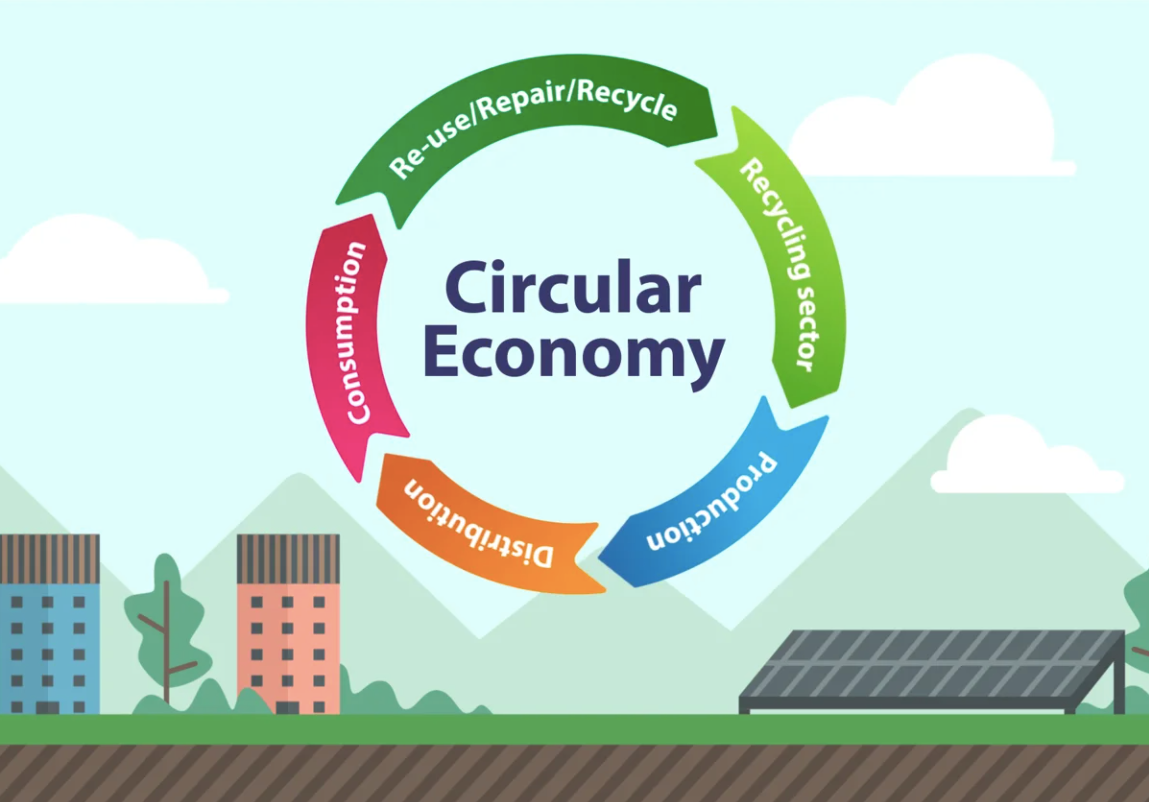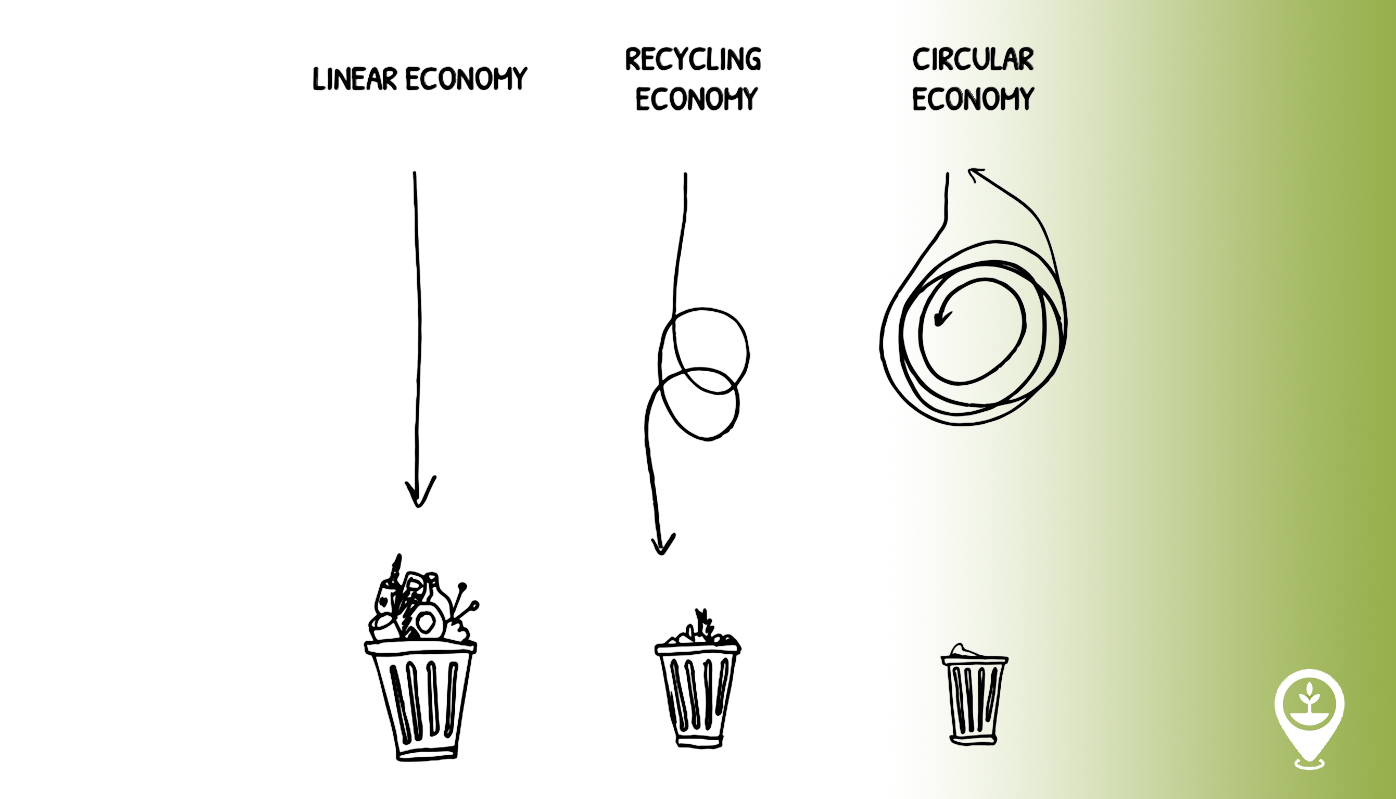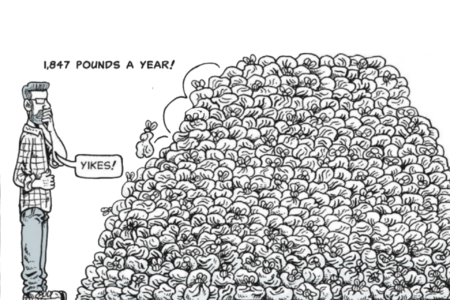
Introduction:
The concept of a circular economy revolves around creating a sustainable future through recycling. This article explores the relevance and importance of adopting a circular economy approach and why this topic is worth exploring.
Historical Background:
To understand the evolution of the circular economy, it is essential to examine its historical development. Throughout history, recycling practices have evolved, contributing to the concept we know today.
Key Concepts and Definitions:
At the core of the circular economy lies the idea of sustainability. This article defines and explains the circular economy, highlighting the importance of sustainable practices. Additionally, key terms and concepts related to recycling are explored.

Main Discussion Points:
Benefits of Circular Economy:
Adopting a circular economy approach brings various environmental benefits. Recycling plays a crucial role in reducing waste and conserving resources. Detailed examples of how recycling positively impacts our environment are provided. Furthermore, the economic advantages associated with transitioning to a circular economy model are discussed.
Strategies and Approaches for Implementing Circular Economy:
Several strategies and approaches can be utilized to promote the circular economy and recycling. An overview of these methods is provided, emphasizing the principles of reduce, reuse, and recycle. Additionally, the importance of product design and extended producer responsibility in achieving a circular economy is explored.
Collaboration and Stakeholder Involvement:
Implementing circular economy practices requires collaboration between various stakeholders. Governments, businesses, and consumers all play a crucial role in promoting recycling and circular economy. The importance of collaboration is discussed, and examples of successful initiatives that have promoted recycling are provided.

Case Studies or Examples:
Two case studies are analyzed to highlight successful implementation of circular economy principles. Additionally, a country or city that has effectively implemented recycling practices is examined. Real-world examples are provided to showcase the benefits and challenges of circular economy and recycling initiatives.
Current Trends or Developments:
Recent trends and developments in circular economy practices and recycling are discussed. Innovations in technology and processes are facilitating recycling and resource recovery. Furthermore, recent research findings related to circular economy and recycling are analyzed.
Challenges or Controversies:
Implementing circular economy practices is not without its challenges. Common barriers faced are addressed, and controversies or differing viewpoints regarding the effectiveness of recycling and circular economy are examined.

Future Outlook:
The potential growth of circular economy and recycling is discussed, speculating on future implications. Technology and innovation will play a vital role in advancing circular economy practices. Additionally, potential policy changes or regulations that could further support the circular economy are explored.
Conclusion:
In conclusion, this article highlights the significance of circular economy and recycling for a sustainable future. By summarizing the main points discussed, the importance of adopting a circular economy approach is reinforced.




